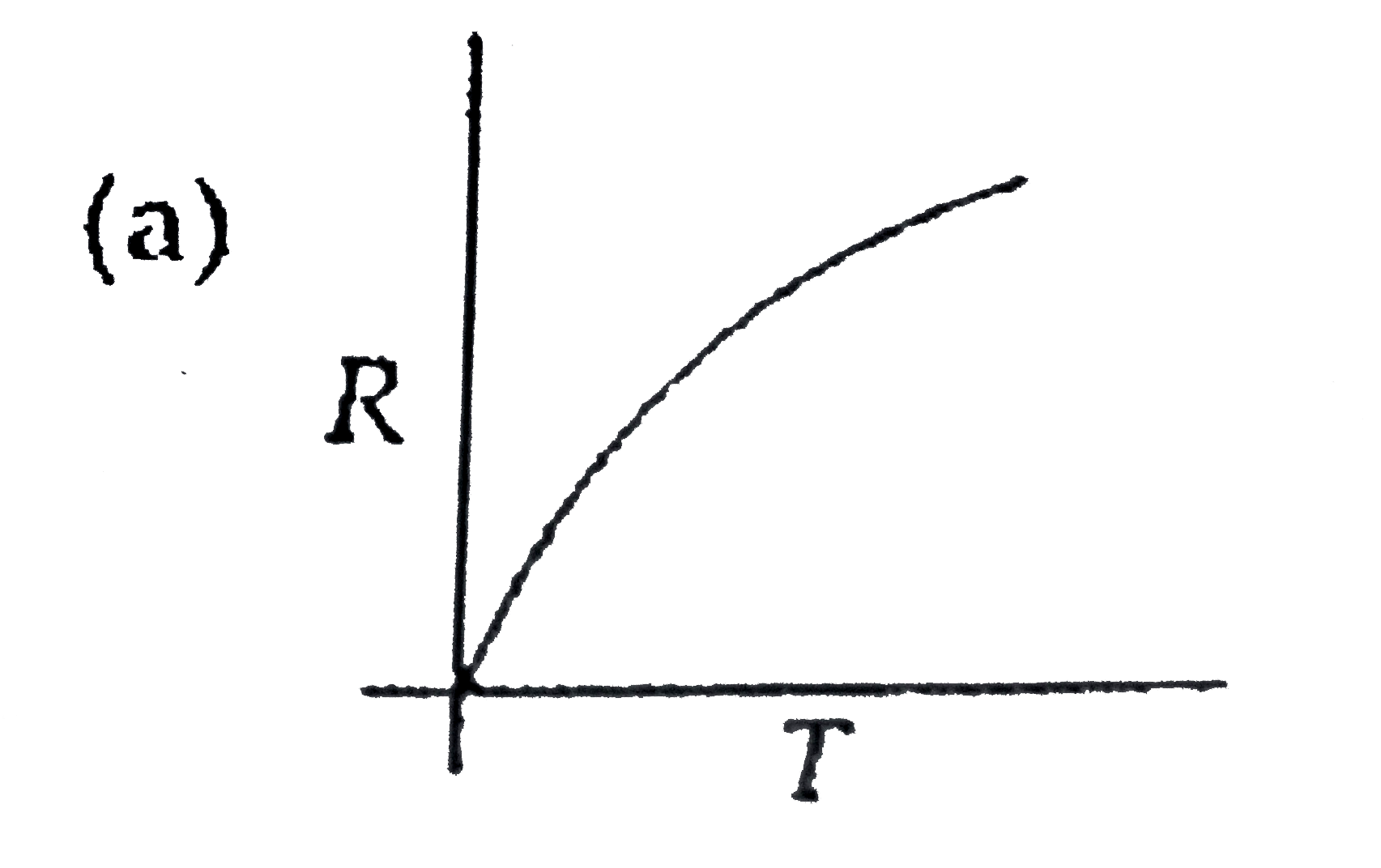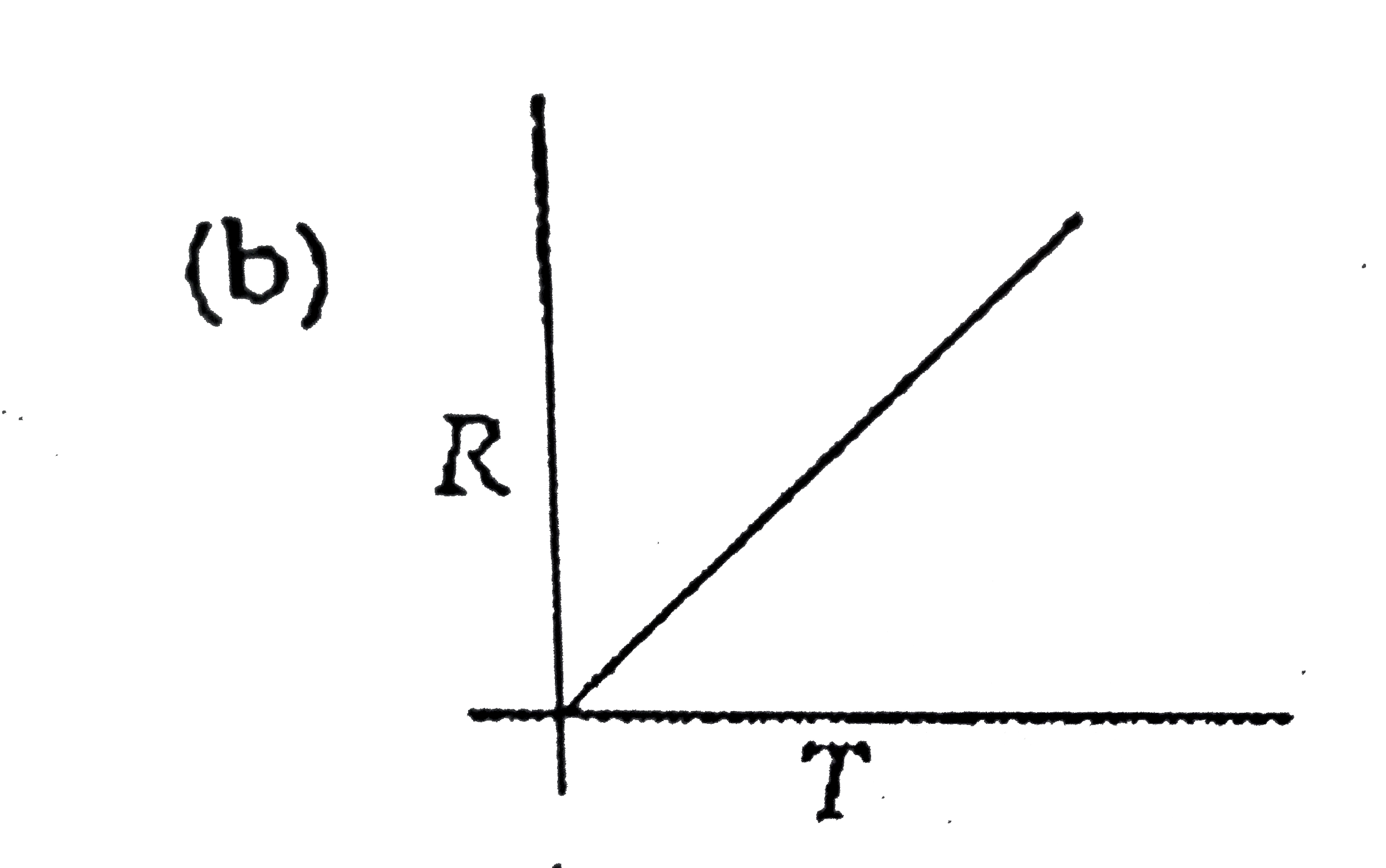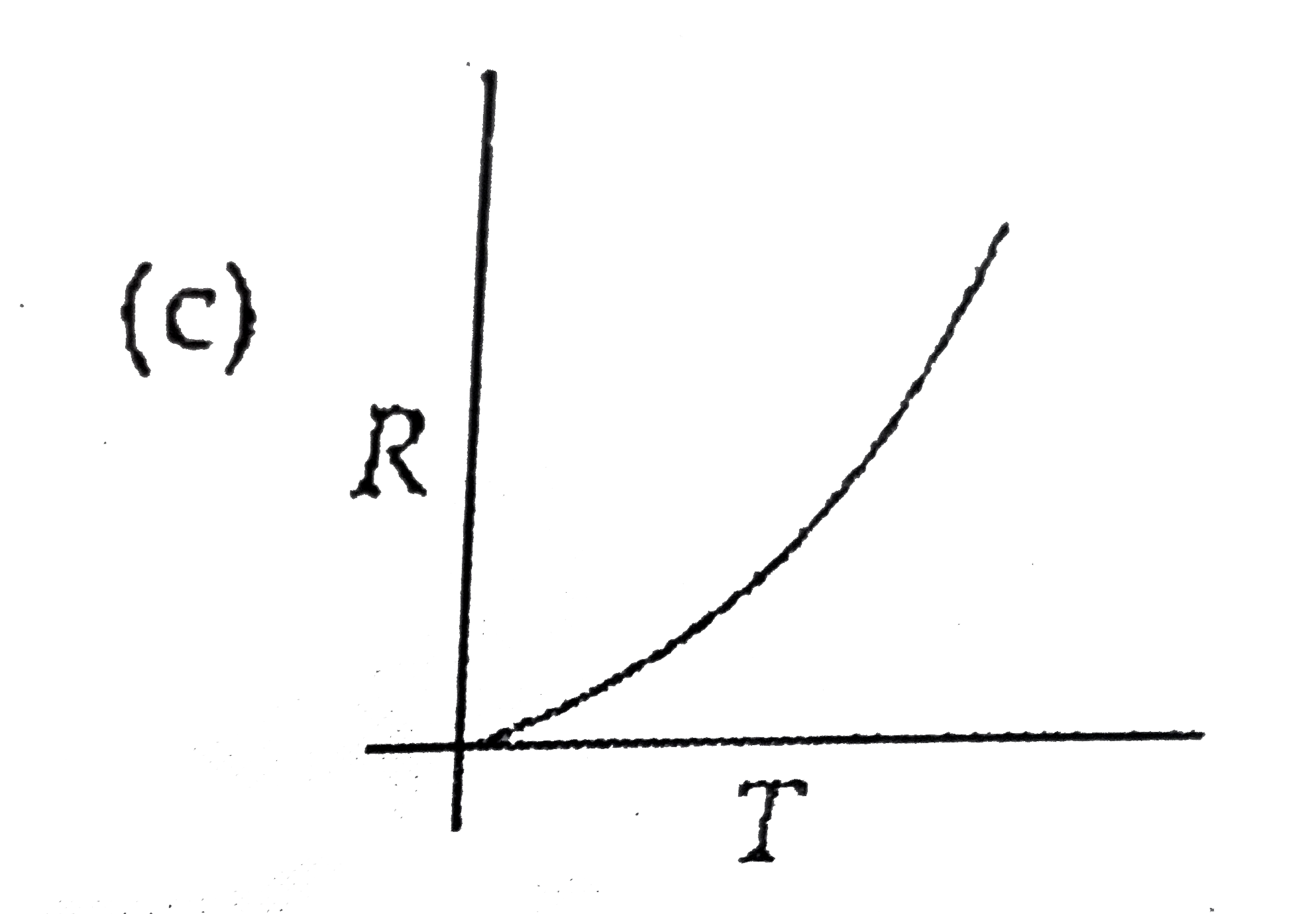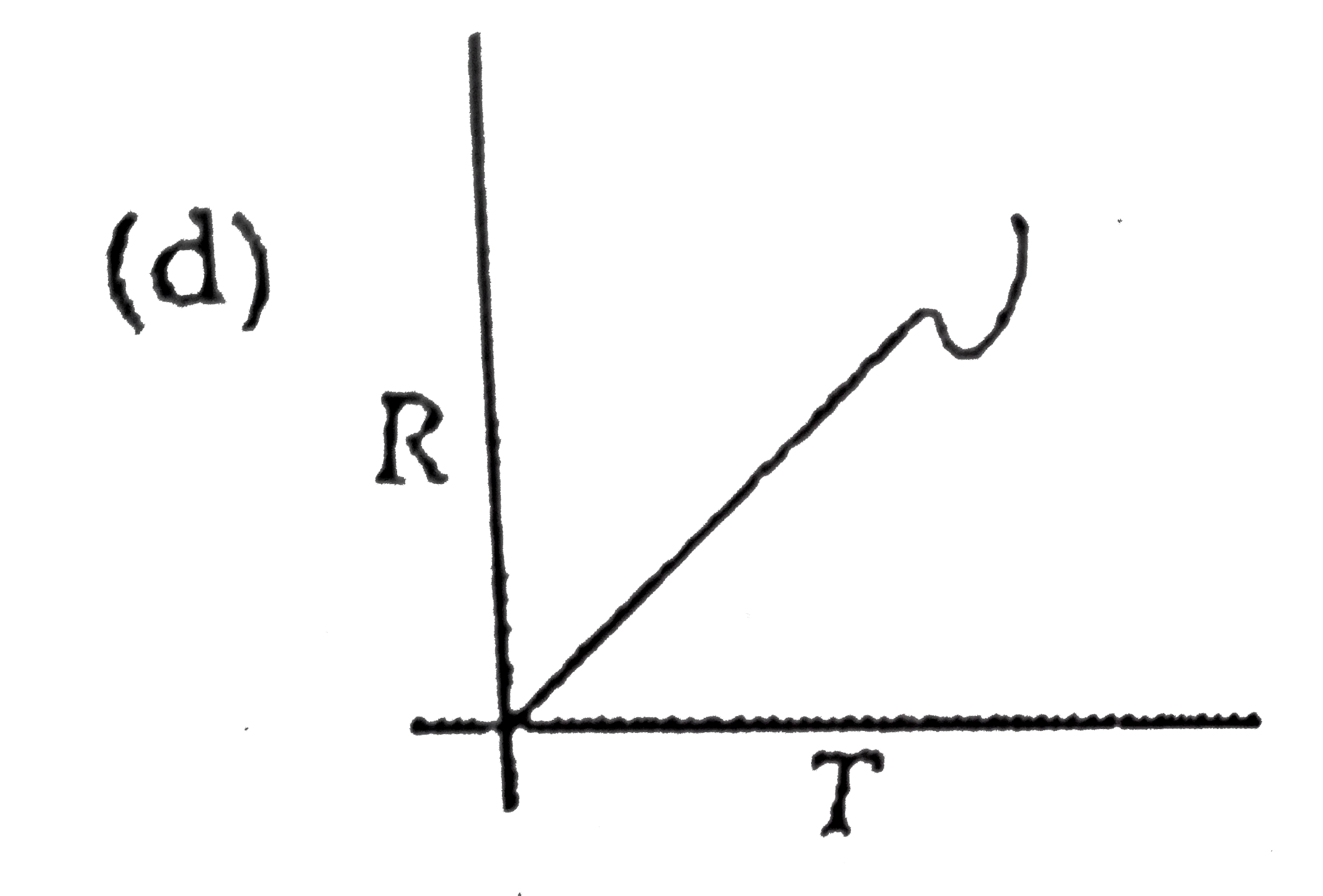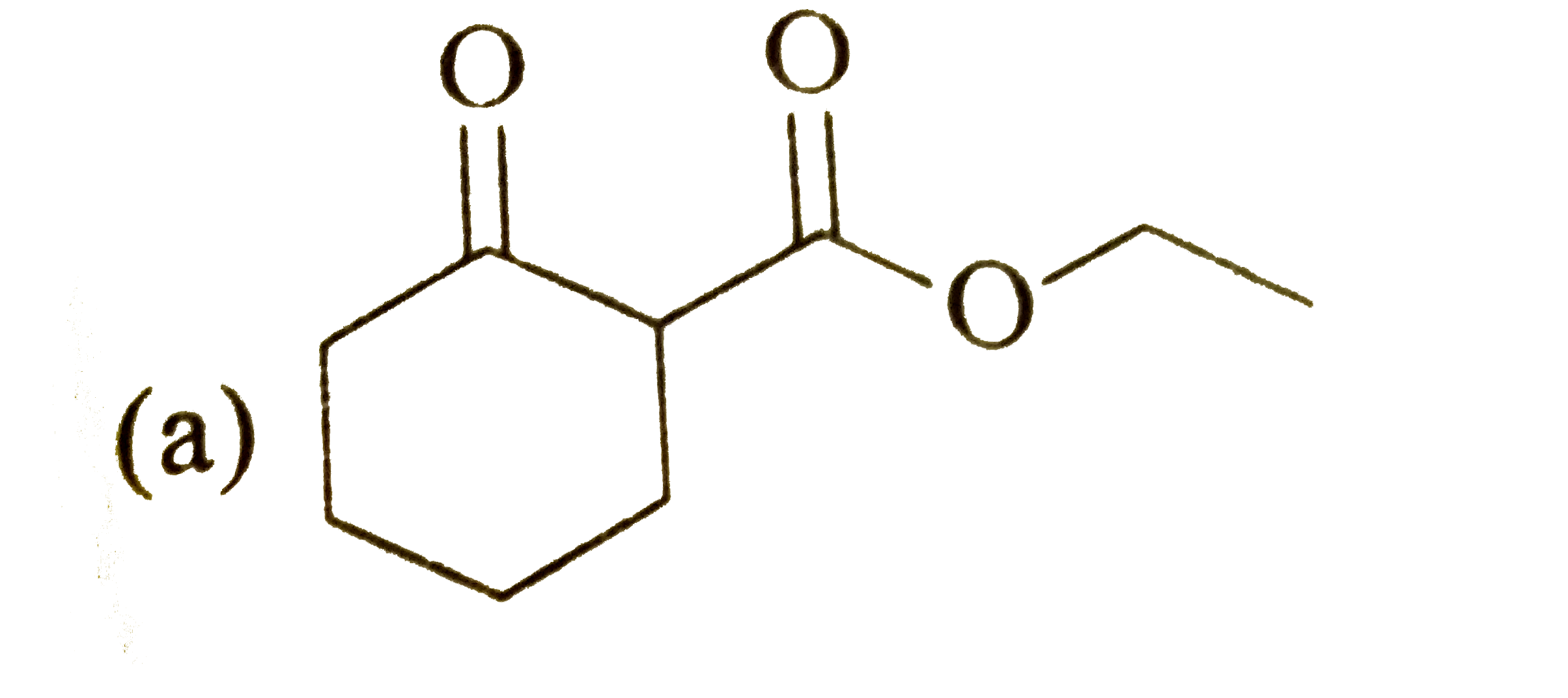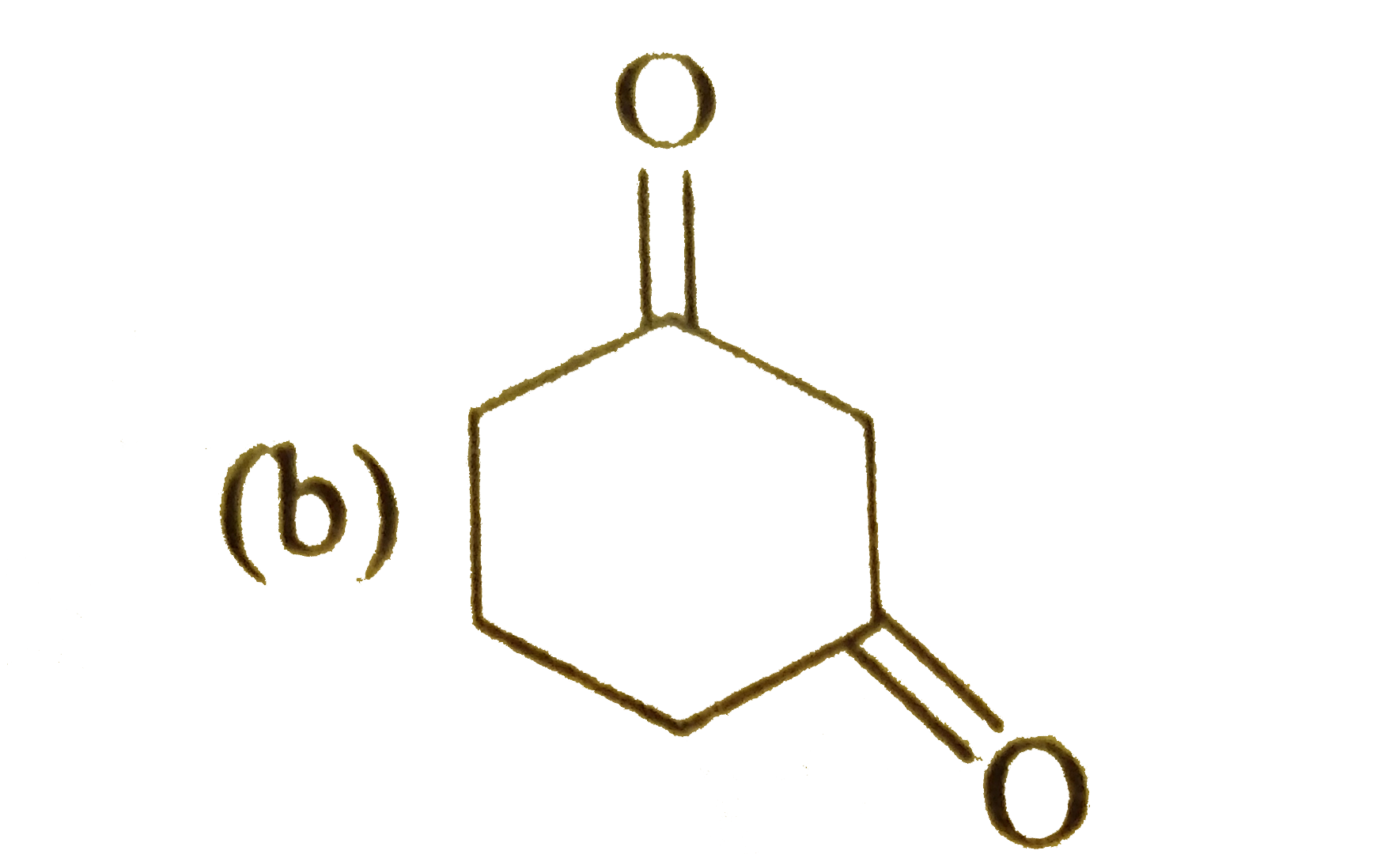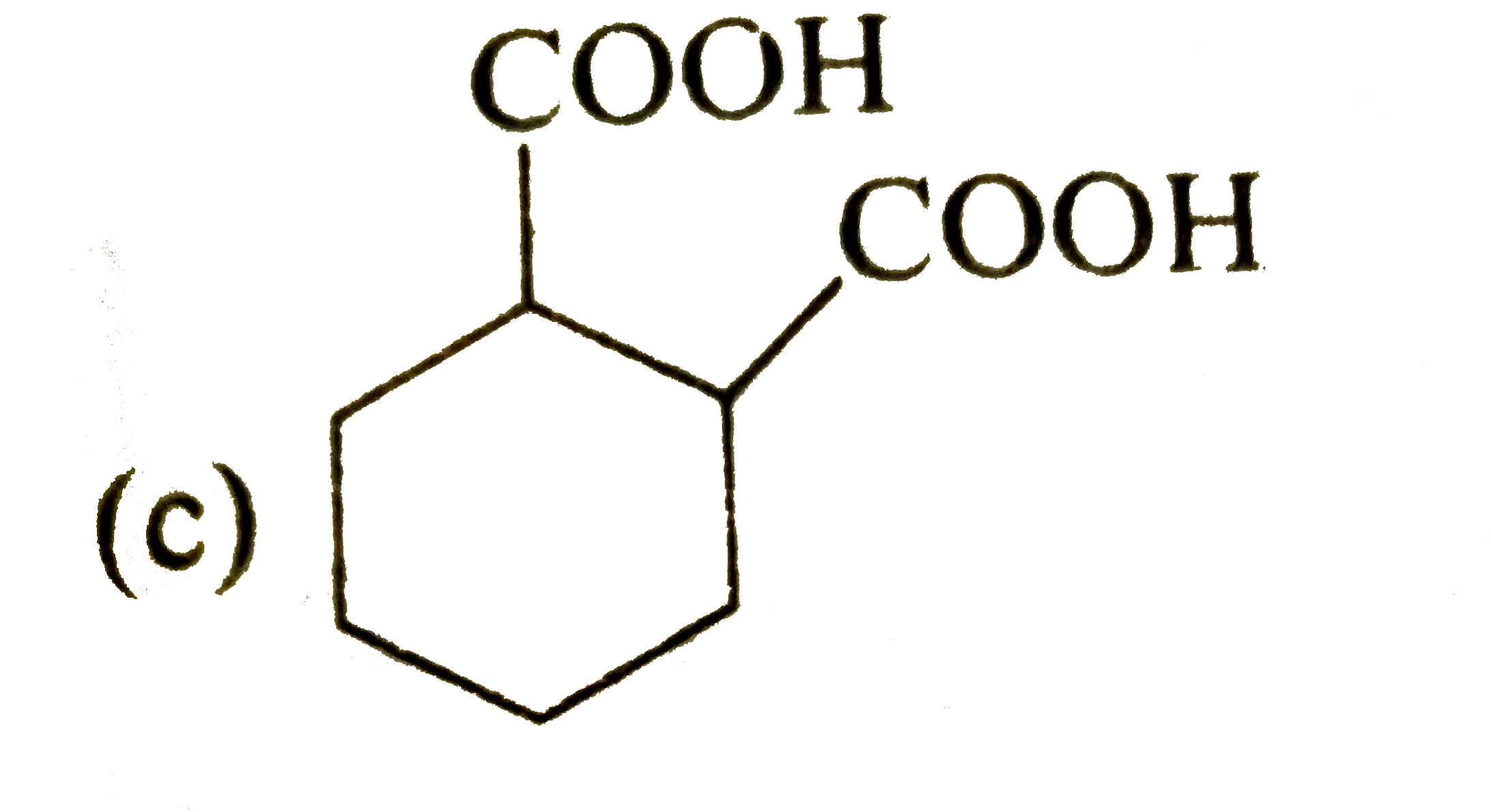Explore topic-wise InterviewSolutions in .
This section includes InterviewSolutions, each offering curated multiple-choice questions to sharpen your knowledge and support exam preparation. Choose a topic below to get started.
| 13501. |
Vinegar contains |
|
Answer» 10 to `20%` ACETIC ACID |
|
| 13502. |
Which phosphorus is thermodynamically most stable? |
|
Answer» White |
|
| 13503. |
When an aqueous solution of a colourless mixture of two salts is treated with a drop of chlorine water, the solution becomes brown. Some chloroform is added to the brown solution and the resulting mixture is shaken wel. The chloroform layer becomes violet. (ii) When chlorine water is again added dropwise to the above mixture, the chloroform layer becomes colourless. (iii) On being heated with solid K_(2)Cr_(2)O_(7) and concentrated H_(2)SO_(4), the solid mixture gives vapours of a dark colour which form a yellow solution with aqueous NaOH. On acidification with acetic acid followed by treatment with lead acetate, the yellow solution gives a yellow precipitate. (iv) When boiled with an NaOH solution, the mixture gives a gas that produces thick white fumes with HCl vapours and turns nessler's reagent brown. the mixture does not respond to any other test for cations. (v) The mixture, on being heated, gets completely sublimed. Q. Which of the following reactions takes place in (ii) ? |
|
Answer» `I_(2)+2Cl^(-) to 2I^(-)+Cl_(2)uarr`<BR>`Br_(2)+2Cl^(-) to 2Br^(-)+Cl_(2)uarr` |
|
| 13504. |
The stability constants of the complexes formed by a metal ion (M^(2+)) with NH_(3), CN^(-) , H_2O and en are of the order 10^(11), 10^(27), 10^(15) and 10^(8) respectively . Then ___________. |
|
Answer» en is the strongest ligand. |
|
| 13505. |
When iron or zinc is added to CuSO_4 solution, copper is precipitated. It is due to, |
|
Answer» STANDARD REDUCTION POTENTIAL of zinc is more than copper |
|
| 13506. |
When an aqueous solution of a colourless mixture of two salts is treated with a drop of chlorine water, the solution becomes brown. Some chloroform is added to the brown solution and the resulting mixture is shaken wel. The chloroform layer becomes violet. (ii) When chlorine water is again added dropwise to the above mixture, the chloroform layer becomes colourless. (iii) On being heated with solid K_(2)Cr_(2)O_(7) and concentrated H_(2)SO_(4), the solid mixture gives vapours of a dark colour which form a yellow solution with aqueous NaOH. On acidification with acetic acid followed by treatment with lead acetate, the yellow solution gives a yellow precipitate. (iv) When boiled with an NaOH solution, the mixture gives a gas that produces thick white fumes with HCl vapours and turns nessler's reagent brown. the mixture does not respond to any other test for cations. (v) The mixture, on being heated, gets completely sublimed. Q. The brown solutin obtained in (i) is due to: |
|
Answer» `Br_(3)^(-)`<BR>`I_(3)^(-)` |
|
| 13507. |
When an aqueous solution of a colourless mixture of two salts is treated with a drop of chlorine water, the solution becomes brown. Some chloroform is added to the brown solution and the resulting mixture is shaken wel. The chloroform layer becomes violet. (ii) When chlorine water is again added dropwise to the above mixture, the chloroform layer becomes colourless. (iii) On being heated with solid K_(2)Cr_(2)O_(7) and concentrated H_(2)SO_(4), the solid mixture gives vapours of a dark colour which form a yellow solution with aqueous NaOH. On acidification with acetic acid followed by treatment with lead acetate, the yellow solution gives a yellow precipitate. (iv) When boiled with an NaOH solution, the mixture gives a gas that produces thick white fumes with HCl vapours and turns nessler's reagent brown. the mixture does not respond to any other test for cations. (v) The mixture, on being heated, gets completely sublimed. Q. The vapours obtained in (iii) contain: |
|
Answer» `CrO_(2)Cl_(2) and I_(2)`<BR>`CrO_(2)Cl_(2)` only |
|
| 13508. |
Whichone of the followingis a true syntheticfibre ? |
|
Answer» Nylon-6 |
|
| 13509. |
Which is/are correct about protective colloids? |
|
Answer» Haemoglobin cannot be used as a protective |
|
| 13510. |
Which one of each pair undergoes S_(N)I reaction readily and why? (ii) CH_(3)0CH_(2)Cl, CH_(3)OCH_(2)CH_(2)Cl. |
Answer» SOLUTION :The PRIMARY carbocation obtained from the C-Cl BOND cleavage of the first compound is considerably stabilised by resonance. Because of this, it undergoes `S_(N)1` reation readily.  The second compound is expected to produce a very unstable carbocation which cannot be stabilized by resonance (`-OCH_(3)` group is not directly attached to the `alpha`-carbon) and for this REASON, it does not undergo `S_(N)1` REACTION. |
|
| 13511. |
Which statement is INCORRECT among the following ? |
|
Answer» The oxide which combines with WATER to give an acid is reffered as ACIDIC oxide. |
|
| 13512. |
What is the coordination number of sodium and chloride ions in sodium chloride crystals? |
| Answer» Solution :The coordination NUMBER of sodium as well as CHLORIDE IONS is 6. | |
| 13513. |
The Zn acts as sacrificial or cathodic porection to prevent rusting of iron because : |
|
Answer» `E_(OP)^@ of_(Zn) LT E_(OP)^@ of FE` |
|
| 13514. |
Which one of the following is a free -radical substitution reaction |
|
Answer» `CH_3CHO+HCN to CH_3CH(OH)CN` |
|
| 13515. |
Two beakers of capacity 500 mL were taken. One of these beakers, labelled as "A", was filled with 400 mL water whereas the beaker labelled "B" was filled with 400 mL of 2 m solution of NaCI. At the same temperature, both the beakers were placed in closed containers of same material and same capacity as shown in Fig. At a given temperature, which of the following staements is correct about the vapor pressure of pure water and that of NaCI solution ? |
|
Answer» VAPOUR pressure in BEAKER (A) is more than that in beaker (B). |
|
| 13517. |
Which is the most suitable reagent for the following transformation ? CH_(3)-CH=CH-CH_(2)-overset(OH)overset(|)(C)H-CH_(3) to CH_(3)-CH=CH-CH_(2)CO_(2)H |
|
Answer» `CrO_(2)Cl_2//CS_(2)` |
|
| 13518. |
Whatchanges occur in the natureof egg proteins on boiling ? |
| Answer» SOLUTION :EGG proteingets DENATURED i.e., SECONDARY andtertiray STRUCTURE arerupturedon boilingthe egg. | |
| 13519. |
Which of the following compounds will react readily with ethanolic KCN ? |
|
Answer» Chlorobenzene |
|
| 13520. |
Which curve corresponds to the temperature dependance of the rate R of a simple one step reaction ? |
|
Answer»
|
|
| 13521. |
Which does not exists in solid state |
|
Answer» `LiHCO_(3)` |
|
| 13522. |
Which one is the best example of law of conservation of mass? |
|
Answer» 6g of CARBON is heated in vacuum, there is no change in mass. |
|
| 13523. |
Which reaction shows processing of pyrolusite ore? |
|
Answer» `2Na_(2)CrO_(4) + H^(+) to Na_(2)Cr_(2)O_(7) + 2Na^(+) + H_(2)O` `2MnO_(2)+4KOH+O_(2)RARR 2K_(2)MnO_(4)+2H_(2)O` |
|
| 13524. |
Which form of carbon is used in making boot polish, printing ink, paint and black varnish? |
|
Answer» BONE black |
|
| 13525. |
When sodium acetate is added acid, the degree of ionisation of acetic acid |
|
Answer» increases |
|
| 13526. |
which of the following reagents can be used in step -1 ? |
| Answer» Answer :C::D | |
| 13527. |
Which of the following is / are insecticide(s) ? |
|
Answer» Baygon |
|
| 13528. |
What happens when an isocyanide is heated for a long time? |
|
Answer» SOLUTION :It undergoes REARRANGEMENT to form a STABLE CYANIDE. ` underset("Alkyl isocyanide ")(R -N overset( to )= C) overset(Delta )to underset("Alkyl cyanide")(R-C -= N)` |
|
| 13529. |
Which of the following pairs of compounds is isoelectronic and isostructural ? |
|
Answer» `TeI_(2), XeF_(2)` |
|
| 13530. |
What is meant by lanthanoid contraction ? |
| Answer» Solution :GRADUAL DECREASE in the atomic radius of the elements of the lanthanoids as we MOVE from left to right is called LANTHANOID contraction. | |
| 13531. |
The slag obtained during the extraction of copper from coper pyrites is composed mainly of |
|
Answer» `Cu_2S` |
|
| 13532. |
Which of the following species will be decomposed on acidification? |
|
Answer» `[Ag(NH_(3))_(2)]^(+)` |
|
| 13534. |
The species that do not contain peroxide ions are |
|
Answer» `BaO_(2)` |
|
| 13535. |
Tincture benzoin is obtained from |
|
Answer» BENZOYL CHLORIDE |
|
| 13536. |
Which of the following on oxidation with alkaline KMnO_(4) followed by acidification with dil HCl gives benzoic acid |
|
Answer» toluene |
|
| 13537. |
Transition metals show high melting points. Why? |
| Answer» Solution :The high melting points of TRANSITION metals are ATTRIBUTED to the involvement of greater number of ELECTRONS in the interatomic metallic BONDING from (n − 1)d orbitals in addition to NS electrons. | |
| 13538. |
Why aryl halides undergo electrophilic substitution reactions at o - and p - position ? Why it is less reactive than benzene ? |
Answer» Solution :Haloarenes undergo electrophilic reactions of the benzene ring such as halogenation, NITRATION, sulphonation and Friedel - Crafts reactions. Halogen atom being slightly deactivating is o, p - directing, therefore, further substitution occurs at o - and p - positions with respect to halogen. DUE to resonance, the electron density increases more at ortho - and para - positions than at META - positions. The ARYL halides are less reactive than benzene towards electrohilic substitution reactions because the ring it some what deactivated due to `-I` effect of halogens that shows tendency to withdraw electrons from benzene ring. So electrophilic substitution reactions in a haloarenes REQUIRES more drastic conditions. |
|
| 13539. |
Write the main structuredifferencebetween DNA and RNA of thefour bases,namethosewhich are common to both DNA andRNA. |
Answer» Solution :Thesugarmoiety PRESENTIN DNA MOLECULE is ` beta - D - 2`deoxyribose wherase in RNA , itis `beta` - D - ribose .  The BASES whichare COMMON to both DNAand RNAare : (a) Adenine (A).(b) Guanine (G) . (c) Cytosine (C). |
|
| 13540. |
Which of the following reaction does not occur |
|
Answer» TRI PROPYL AMINE+SULPHONYL chloride 
|
|
| 13541. |
Which of the following will exhibit geometrical isomerism? |
|
Answer» Propene |
|
| 13542. |
The structure of asparticacid is given below . (HOOC-underset(.^(o+)NH_(3))underset(|)(CH)-CH_(2)COOH) (A)The pK_(a_1),pK_(a_2), andpK_(a_3) of (A), respectively, are: 1.88,3.65, and 9.60. pK_(a_1) corresponds to the ionisation of the COOH group, of(Roverset(overset(o+)(N)H_(3))overset(|)(C)H-COOH) pK_(a_2) corresponds to the ionsation of (overset(+)(N)H_(3)) (ammonium ion). what is the pH at isoelectric points (pI)? |
|
Answer» `(pK_(a_(1))+pK_(a_(2)))/(2)` |
|
| 13543. |
Which of the following salts will evolve halogen on treatment with con. H_(2) SO_(4) |
| Answer» Solution :NaBr, KI | |
| 13544. |
The values of std. oxidation electrode potentials of the following reactions are given as : (i) Fe to Fe^(++) +2e^(-)E^(0)=0.441V (ii) Pb to Pb^(++)+2e^(-)E^(0)=0.126V (iii) Cu to Cu^(++)+2e^(-)E^(0)=-0.337V (iv) Ag to Ag^(+)+e^(-)E^(0) =-0.799V Which of the following is reduced very easily? |
|
Answer» `FE^(2+)` |
|
| 13545. |
What are tetracyclines? Mention its function and uses. |
|
Answer» Solution :(i) Tetracyclines inhibit the bacterial protein synthesis VIA interaction with the 30S subunit of the bacterial ribosome. eg., doxycycline, minocycline. (ii) It is used in the treatment of peptic ulcer DISEASE, infections of the RESPIRATORY TRACT, cholera. |
|
| 13546. |
Which element does not form stable diatomic molecules ? |
|
Answer» Iodine |
|
| 13547. |
Which of the following forms micelles in solutions of higher concentrations |
|
Answer» Sodium CARBONATE |
|
| 13548. |
Which of the following compounds has a lone pair of electrons at the central atom ? H_(2)S_(2)O_(8), H_(2)S_(2)O_(7), H_(2)SO_(3), H_(2)SO_(4) |
| Answer» Solution :Only `H_(2)SO_(3)` has a LONE PAIR of ELECTRONS on the SULPHUR ATOM. | |
| 13549. |
Which element among the lanthanoids has the smallest atomic radius |
| Answer» | |
| 13550. |
Which of the following compounds cannot undergo decarboxylation on heating ? |
|
Answer»
|
|



